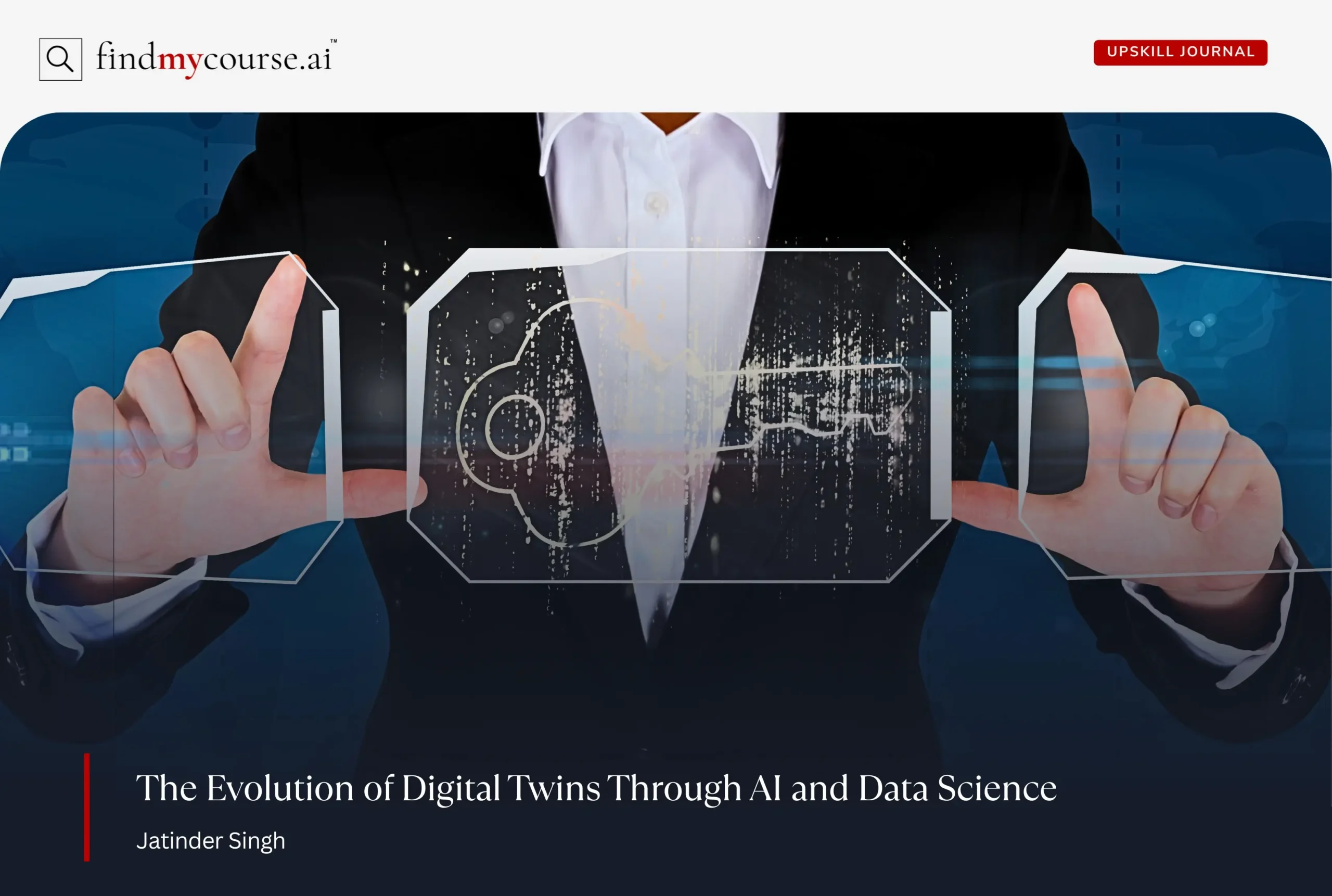Every great software product begins not with code, but with a process—a framework that brings structure, clarity, and efficiency to innovation. This framework is known as the Software Development Life Cycle (SDLC). Moreover, in today’s fast-paced tech landscape, software isn’t just about writing lines of code—it’s about solving problems systematically and that’s where the SDLC steps in. It provides a roadmap that helps teams plan, design, build, and maintain software with precision and purpose. So, whether you’re an aspiring developer, project manager, or tech enthusiast aiming to upskill, understanding the SDLC can help you see how ideas become reality in the digital world.
What Is a Software Development Life Cycle?
In simple terms, the Software Development Life Cycle is a structured process that guides the creation of software—from the initial idea to the final product and beyond. It also ensures that software meets user needs, performs reliably, and adapts to changing business demands.
Think of it as a recipe for software success. Every ingredient—planning, design, development, testing, deployment, and maintenance—plays a vital role. Additionally, skipping a step or rushing through it can lead to bugs, delays, or even project failure.
By following this structured approach, teams can deliver higher-quality software faster and more efficiently. Moreover, it helps reduce costs, manage risks, and improve collaboration between developers, testers, and stakeholders.
The Key Phases of the Software Development Life Cycle
To truly understand how great software is built, we need to explore each software development life cycle phase in depth. Every stage serves a vital purpose, ensuring the final product is functional, secure, and also aligned with user and business needs.
1. Planning and Requirement Analysis
Every great project begins with a vision and in this phase, stakeholders, analysts, and project managers collaborate to define goals, gather detailed requirements, and assess feasibility. Technical, financial, and operational aspects are carefully evaluated to avoid surprises later. Moreover, the outcome is a well-defined roadmap that aligns expectations, clarifies deliverables, and sets the foundation for success. Thus, a clear plan is the anchor that keeps development focused and efficient.
2. System Design
Once the requirements are solidified, designers and architects translate them into actionable blueprints. This phase defines system architecture, database design, user interfaces, and technology choices. It’s also where the structure and aesthetics intersect—balancing usability with scalability and performance. Teams also anticipate future needs by planning for flexibility and integration. Strong design documentation at this stage ensures smooth progress and minimizes costly rework later.
3. Development
The development phase turns design into reality. Programmers write, integrate, and build the actual code, adhering to best practices and coding standards. Additionally, teams often use agile or iterative methods to divide work into smaller, manageable sprints. Regular reviews and testing during development ensure early detection of issues. Effective communication between developers, testers, and designers keeps the product aligned with both technical and user expectations.
4. Testing
Thorough testing ensures that every component functions as intended. Quality assurance teams conduct various tests—unit, integration, system, and user acceptance—to detect bugs and security flaws. This phase validates performance, reliability, and user experience under real-world conditions. By resolving issues before deployment, teams protect software quality and build user trust.
5. Deployment
When testing confirms readiness, it’s time for deployment. This phase involves releasing the software to production, either in stages or as a full launch. Careful version control, automation, and rollback plans reduce downtime and risk. Feedback gathered immediately post-launch helps fine-tune the product for optimal performance and user satisfaction.
6. Maintenance
After launch, the cycle continues through maintenance and enhancement. Teams monitor system performance, fix emerging bugs, and roll out updates to adapt to user feedback or market shifts. Regular maintenance not only extends the software’s lifespan but also ensures it evolves with changing technologies and business needs.
Together, these phases create a structured yet adaptive process that transforms abstract ideas into robust, valuable software solutions—bridging vision with execution through thoughtful design and continuous improvement.
Popular Software Development Life Cycle Models
Different teams adopt different software development life cycle models based on project goals, resources, and timelines. Let’s look at some of the most commonly used ones today.
| Model | Approach & Structure | Key Strengths | Limitations | Best For / Ideal Use Cases |
| Waterfall Model | Linear process where each phase (requirements to maintenance) follows the previous one. | Simple, easy to manage, clear documentation, predictable outcomes. | Inflexible to change; late testing; limited user feedback. | Small or stable projects with well-defined requirements. |
| Agile Model | Iterative approach using short “sprints” to deliver features and gather feedback quickly. | Flexible, collaborative, adaptive; early issue detection; continuous delivery. | Requires strong coordination; less suited for large, unstructured teams. | Dynamic projects, startups, or evolving software products. |
| Spiral Model | Combines Waterfall and iterative cycles with ongoing risk analysis. | Excellent for risk control; supports complex, evolving projects; early issue identification. | Costly and complex; needs expert risk assessment; longer timelines. | Large-scale, high-risk systems like aerospace or defense software. |
| DevOps Model | Integrates development and operations for continuous integration, delivery, and monitoring. | Faster releases; better collaboration; stable, automated deployments. | Needs cultural shift; depends on automation tools and infrastructure. | Cloud-native apps, enterprise systems, rapid delivery environments. |
Each model offers unique strengths. Choosing the right one depends on your project’s size, goals, and team dynamics.
Tools and Resources in the Software Development Life Cycle
Every phase of the Software Development Life Cycle benefits from specialized tools and focused learning. Below are top recommendations for 2025 to enhance efficiency and upskill effectively.
| SDLC Phase | Purpose | Top Tools (2025) | Recommended Course |
| 1. Planning & Requirement Analysis | Define project goals, gather requirements, and evaluate feasibility. | Jira, Lucidchart | Agile Project Management – Coursera |
| 2. System Design | Design architecture, workflows, and user experience. | Figma, Draw.io | Software Design and Architecture – Coursera |
| 3. Development | Write, build, and integrate the software code. | Visual Studio Code, GitHub | The Complete Software Development Bootcamp – Udemy |
| 4. Testing | Validate performance, functionality, and security. | Selenium, Postman | Software Testing and Automation Specialization – Coursera |
| 5. Deployment | Release and manage software in live environments. | Jenkins, Kubernetes | DevOps on AWS – Coursera |
| 6. Maintenance | Monitor, update, and improve live systems. | Datadog, Grafana | Site Reliability Engineering (SRE) Fundamentals – Udemy |
Mastering these tools and courses can fast-track your technical growth. They reflect the 2025 industry standard for efficiency, collaboration, and career advancement within the Software Development Life Cycle.
Final Thoughts
The Software Development Life Cycle is the backbone of effective software creation. Each phase, model, and tool plays a role in turning ideas into robust, user-focused solutions. Therefore, by embracing SDLC principles and continuously upskilling, professionals can navigate complexity, reduce risks, and deliver impactful software. Whether in development, testing, or deployment, understanding this structured process empowers you to make informed decisions, improve collaboration, and grow as a tech professional. Master the SDLC, and you’re not just building software—you’re shaping reliable, innovative digital solutions for the future. And if you ever need help or have questions along the way, our AI assistant is ready to provide guidance.


